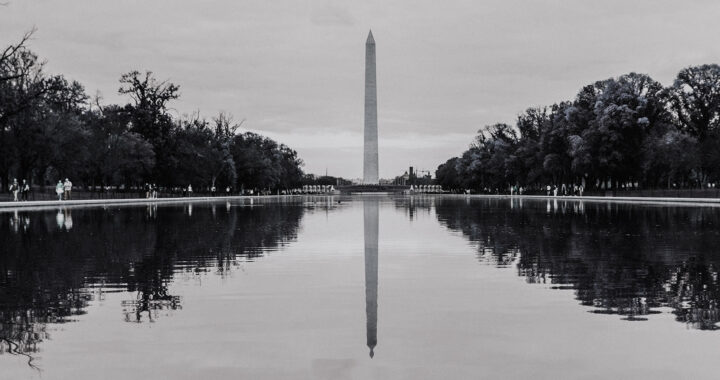Few national events in the United States reveal the fragility of public systems like a government shutdown. This event might not be an excessively dramatic situation, but it demonstrates how one missed budget vote due to partisan differences unravels the machinery of governance. The scenario halts federal paychecks, stalls government services, and tests public patience.
Understanding the Causes and Effects of Government Shutdowns in the United States
Defining Government Shutdown: When Partisan Politics Disrupts Public Services
Behind every shutdown lies a breakdown in cooperation in which policy disputes evolve into nationwide disruption rather than quiet debate.
A government shutdown begins when the U.S. Congress fails to approve spending bills or the president declines to sign them by the start of the federal fiscal year or before current funding expires. Hence, without the legal authority to release funds, large portions of federal operations grind to a halt. Agencies cannot perform their normal functions.
It is worth noting that the legislative branch of the federal government controls the federal budget because the U.S. Constitution grants it the power of the purse. This is part of the system of checks and balances by ensuring that taxpayer money is spent only with legislative approval and preventing unilateral financial decisions by the executive branch.
Lawmakers typically fail to pass funding legislation when partisan disagreements escalate beyond compromise. Most disagreements often stem from unrelated policy demands. The president may refuse to sign the bills if they conflict with core priorities. The situation turns routine governance into a heated and complicated political bargaining contest.
Federal agencies must stop non-essential operations during a government shutdown. Essentials like national security, emergency medical care, and air traffic control keep running. But services remain limited or unavailable. Federal employees are either sent home without pay or may be required to work with no guarantee of immediate compensation.
Shutdown in Motion: How Ordinary Routines Unravel During A Government Shutdown
Essential government services continue through strained endurance. Non-essential services cease to function due to a lack of funds and workforce.
Remember that a government shutdown results in U.S. federal agencies losing the legal authority to spend money. Even programs with funds in reserve cannot deploy them unless exempted for protecting life or property. It is also worth noting that even long-running functions suddenly become less dependent on capability than on political permission.
The federal workforce divides into uneasy categories. Furloughed employees are instructed to stay home without pay, waiting indefinitely for operations to resume. Others, designated essential, must report to duty regardless of compensation. The situation shows that federal workers lack security of tenure and are vulnerable to the complexities of partisan politics.
Consequences are evident in public-facing services. Agencies supported by annual appropriations reduce output or pause entirely. Moreover, while Social Security and Medicare continue, their administrative support slows noticeably. Implications are also seen in research-related agencies involved in public health, science and technology, and economics.
Note that the 2018-2019 shutdown furloughed over 95 percent of employees at the Environmental Protection Agency, while all customer service operations at the Internal Revenue Service stopped. Recreational facilities like the National Zoo and the museums of the Smithsonian Institution were also closed to the public due to the absence of a workforce.
Consequences of Shutdown: Why Every Shutdown Leaves a Bill larger than Expected
History shows that U.S. government shutdowns rarely stay contained. Several social and economic functions depend on the federal government.
Short-lived shutdowns usually manifest as temporary inconvenience. Stalled services and delayed paychecks immediately resolve once funding is restored. Yet even these fleeting pauses unsettle federal workers and citizens alike. The scenario reminds the public that essential functions are vulnerable to political gridlock rather than operational failure.
The 1995-19996 shutdown under President Bill Clinton lasted 21 days and furloughed over 270000 federal workers across different federal government agencies. National parks closed nationwide. Estimates revealed that 14 million U.S. dollars in tourism revenue were lost. Passport applications also piled up and delayed thousands of pending international trips.
Moreover, under President Barack Obama, the Affordable Care Act dispute resulted in a 16-day shutdown in October 2013. Estimates from Standard & Poor showed that the U.S. economy lost 21 billion U.S. dollars. About 200000 patients, including children with cancer, also lost access to experimental treatments of the National Institutes of Health.
The longest government shutdown in U.S. history came in late 2018 and lasted 35 days. It occurred under President Donald Trump due to the border wall dispute. About 80000 federal employees either worked without pay or were furloughed. Air travel slowed as unpaid TSA officers began resigning. Business operations dependent on loans and permits have halted.
FURTHER READINGS AND REFERENCES
- Executive Office of the President of the United States. 2013. Impacts and Costs of the October 2013 Federal Government Shutdown. Office of the President of the United States. Available online
- Congressional Budget Office. 2019. The Effects of the Partial Shutdown Ending in January 2019. Available via PDF
- Congressional Research Services. 2018. Shutdown of the Federal Government: Causes, Processes, and Effects. Congressional Research Services. Available via PDF
